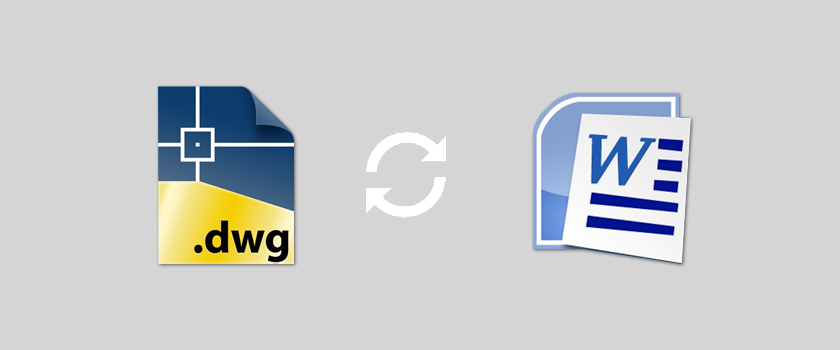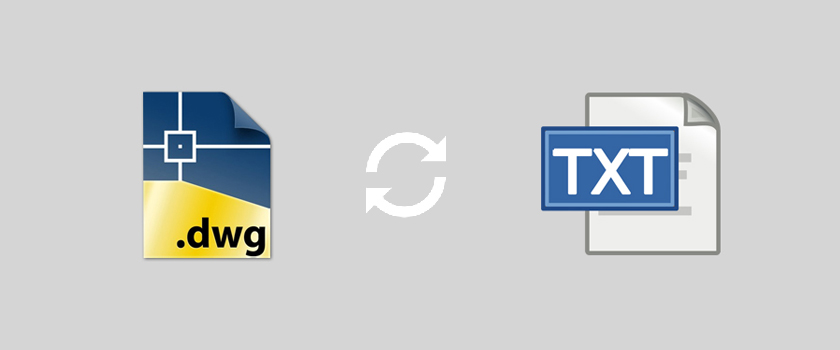Do you know that doctors’ sloppy handwriting has been reported to kill about 7,0000 people a year in 2006? This statistic may come as a shock to many, but anyone who has visited a doctor for medications has encountered the problem. The major problem is that they are unable to comprehend handwriting. Each day thousands of people worldwide visit doctors. Many of them are unable to understand the writing on the prescription. The reason? Doctor’s handwriting is often so “curvy” and “unorganized” that it is difficult to read. That’s why you need professional doctor handwriting translation for translating doctor’s prescriptions. But have you ever wondered why exactly is a doctor’s handwriting so untidy? This handwriting can pose even greater problems for translators who need to translate medical prescriptions and patient files. The process of translating a doctor’s sloppy handwriting may seem like an arduous task. However, it is easy to achieve with a little practice, thanks to medical translation servicesLet’s look into why this handwriting is so difficult to read in the first place.

The medical and healthcare field is a tough one, requiring the utmost time and attention of doctors and nurses alike. The doctors need to be alert to any kind of emergency and to write down all medical procedures. This process of documenting all medical procedures and prescriptions may cause them to feel overburdened. Hence, when they write down a prescription, they might already be exhausted. Another big reason why a doctor’s handwriting is not legible is that they tend to write short forms of medicines. Since these doctors are well aware of the medical world, they write in short form. Through writing, they may be referring to medicines or treatment instructions. Even if this writing is clear, it may still cause confusion to the reader. This is because they may be unaware of the short form that the doctor has written.The doctors’ handwriting usually contains abbreviated forms of drugs and medicines. Since the patients are not aware of these short forms, it may cause legibility issues for the patient.

Now that we know why doctors’ handwriting is so hard to understand, let us explore the translation of this writing as a part of medical translation services. A doctor’s prescription needs translation as part of the medical procedures and for record-keeping. Since not all patients can read or write in the language of the doctor, translation of the text is a must. But how can a translator actually translate a doctor’s handwritten note if he does not understand the writing? Here are a few tips on how a translator can handle the tough task of translating a doctor’s handwritten notes:

The medical field requires the recreation of text to make it easy for linguists to translate it. This is because the prescription by a doctor is in another format that is not easy to translate. To “recreate” a doctor’s note, a translator needs to convert it into an editable format for easy translation. This process may require “formatting” the text to make it easier to translate. For example, if the doctor’s handwritten note is present in a pdf format, the translator must convert it into a text format to save it for translation later. On the other hand, if the doctor’s handwritten notes are in an image format, a translator can use some form of OCR processing to recover any editable text.After the process of “recreation” is complete and the doctor’s handwritten note is in front of a translator, he can do the doctor’s handwriting translation from one language to the target language.
A large population of people complain of one thing when they visit a doctor–” Why is the doctor’s handwriting so difficult to understand”? There are some reasons why a doctor’s handwritten notes are so sloppy. A doctor may be feeling tired or exhausted owing to the documentation process of every treatment. Secondly, since a doctor is well aware of the drugs and medicines, he tends to write their names in an abbreviated form. A patient may feel confused and find it challenging to comprehend. Nevertheless, even if a doctor’s handwritten notes are difficult to understand, they need to be translated in order to provide healthcare advantages to people across the globe.

dwg: It means a drawing file save format created by AutoCAD, and now has been the standard format of 2D
Read More
Mars Translation can help you extract the texts in a DWG file and convert them into a Word file so
Read More
dwg: It means a drawing file save format created by AutoCAD, and now has been the standard format of 2D
Read More
dwg: It means a drawing file save format created by AutoCAD, and now has been the standard format of 2D
Read More
AutoCAD blocks A block is an object that combines one or more single entity object. Operated as an individual complete object,
Read More
What is a file formate A file format is a standard way that information is encoded for storage in a computer
Read More
Software 1. AutoCAD 2015 - English 2. PDF virtual printer, such as Adobe Acrobat, PDF factory, or CutePDF. Step-by-Step 1. Open the CAD file,
Read More
Plot style table is used to control the color, line width and other effects. In the layer manager, every layer
Read More
The following layers can't be deleted: 1. Layer 0 and Layer Defpoints that are default layers. 2. The current active layer. To
Read More


Document Translation
Professional document translation by native expertsApp Localization
Get more downloads by adapting your app for different target marketsVideo Translation
Multilingual translation and subtitling servicesWebsite Localization
Adapt your website into multiple contexts for global reachSoftware Localization
Adapt your software for global usersGame Localization
Reach new players with localized gameplayMTPE
Refine AI translations for natural fluencyBusiness Translation
Professional translation for business documents and websitesDTP & File Conversion
Professional DTP and File conversion, supporting multiple file formatsProofreading
Perfect your content with expert review© Copyright 2026 MarsTranslation